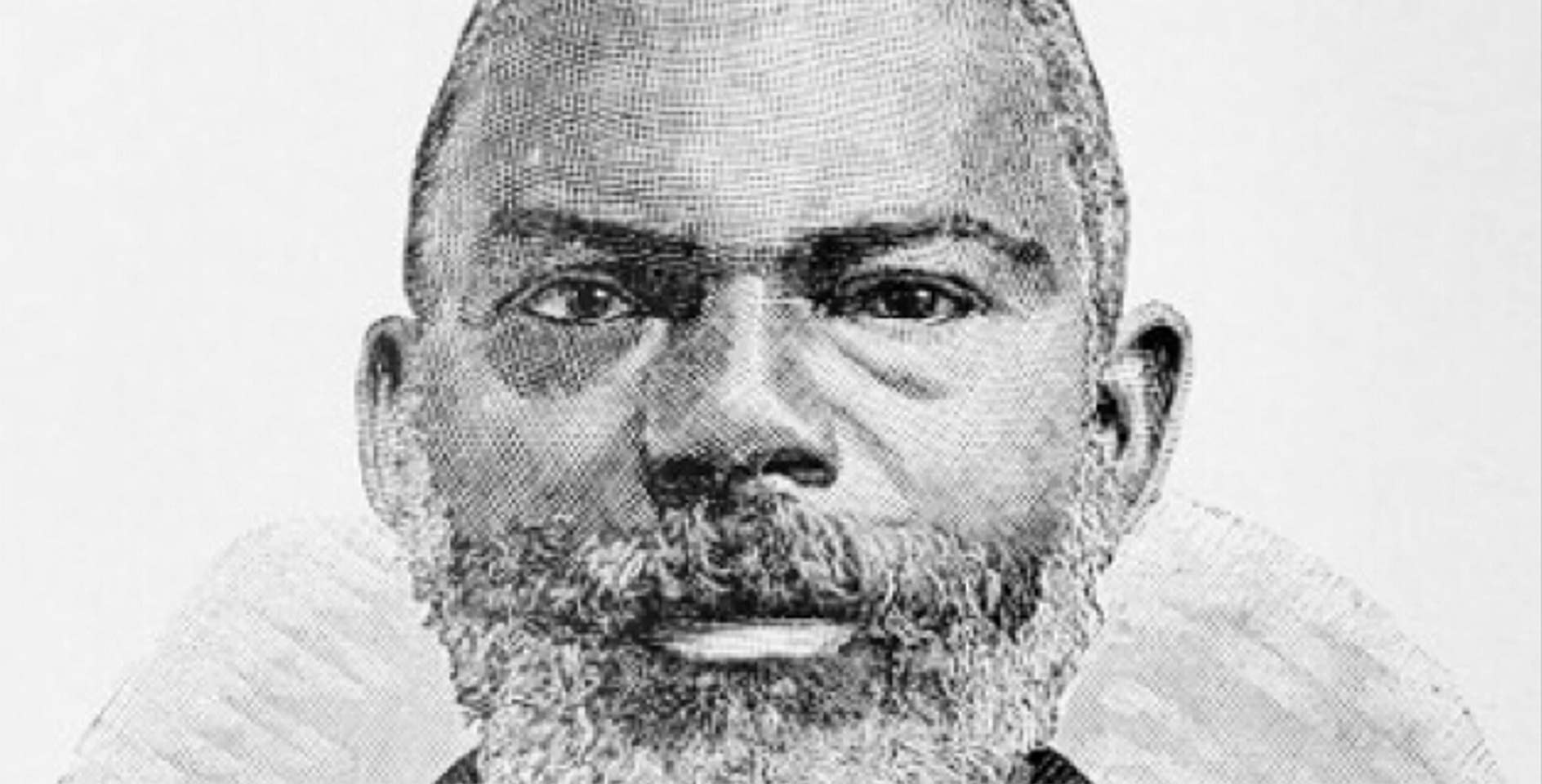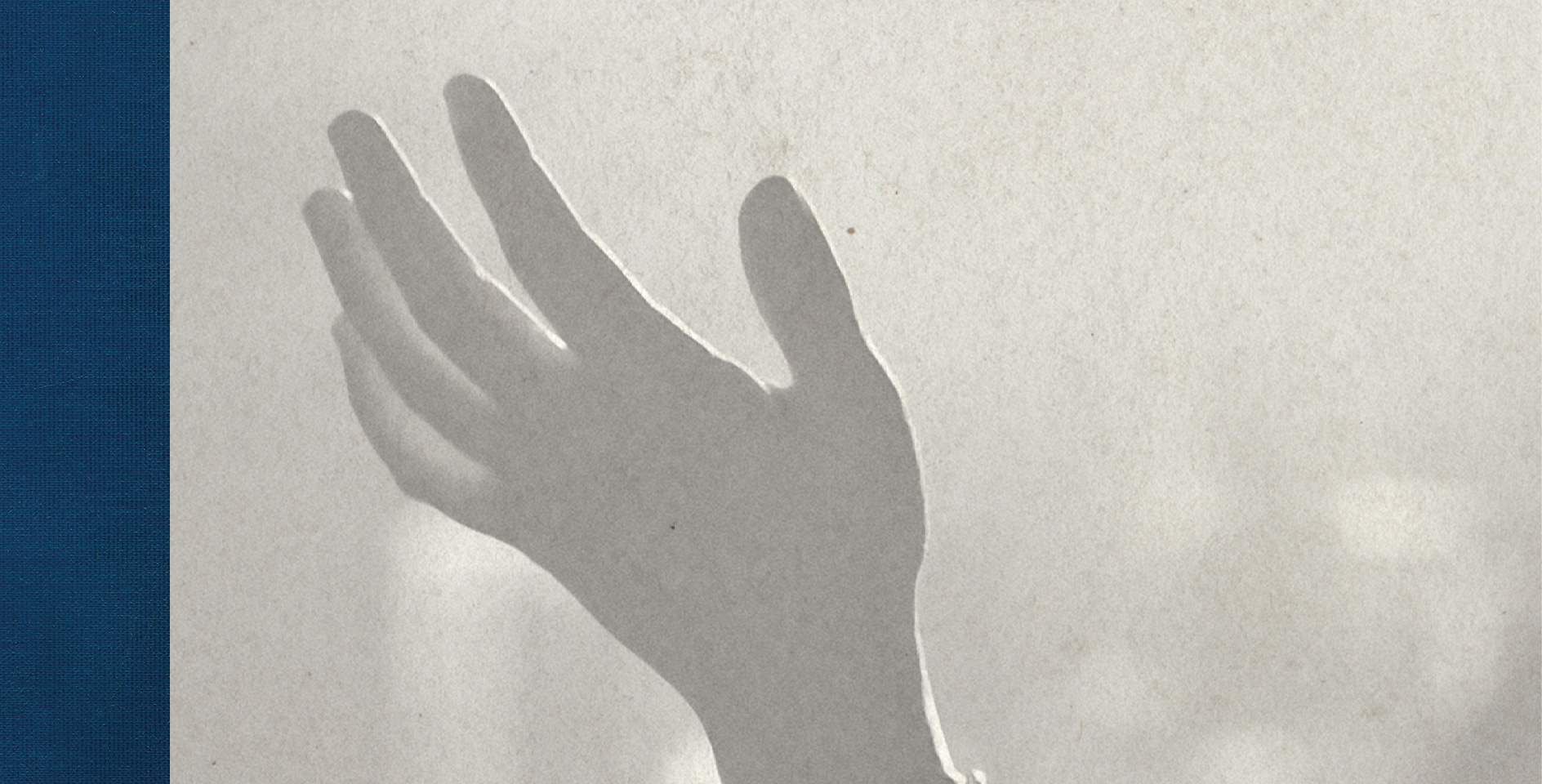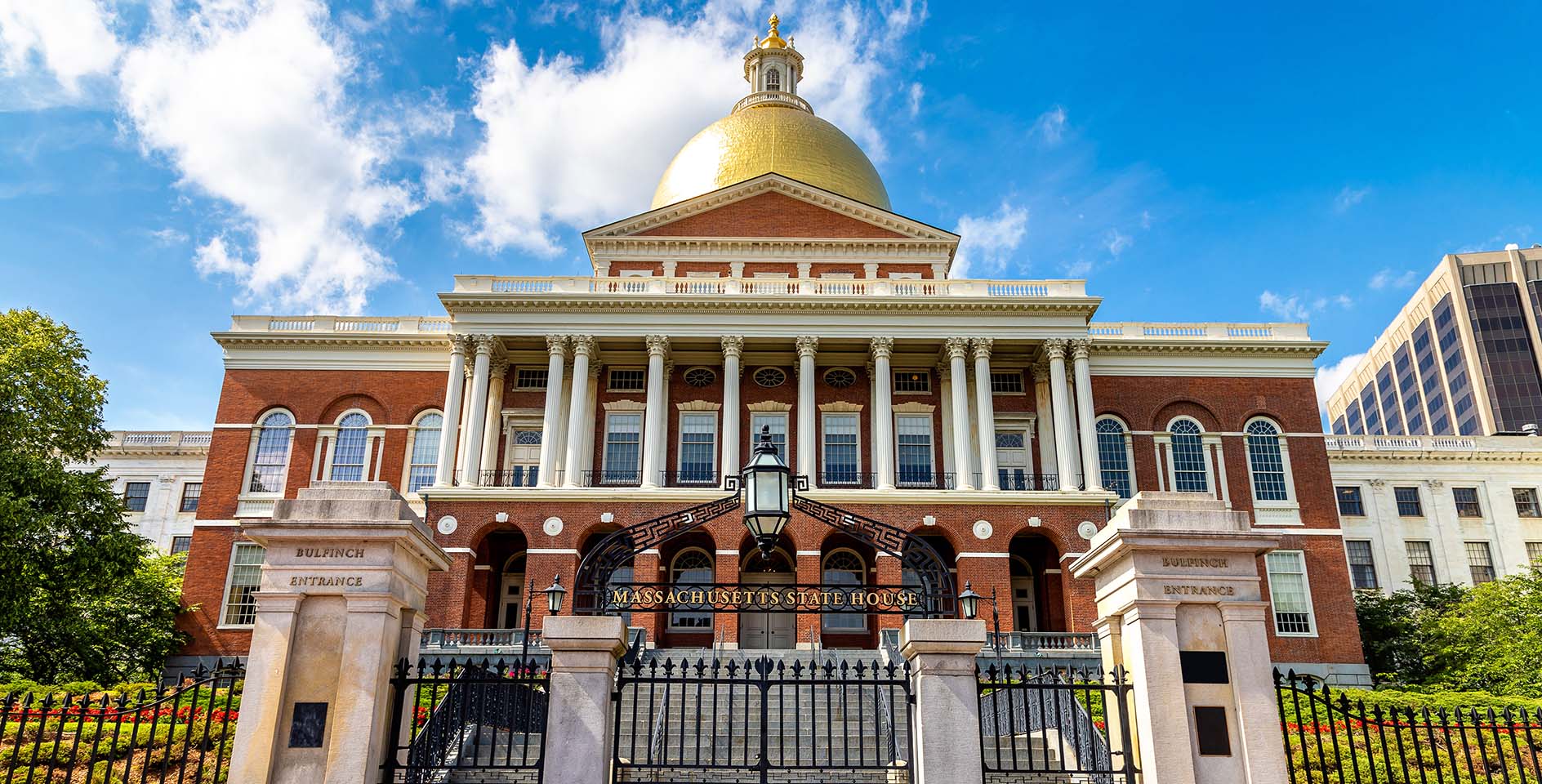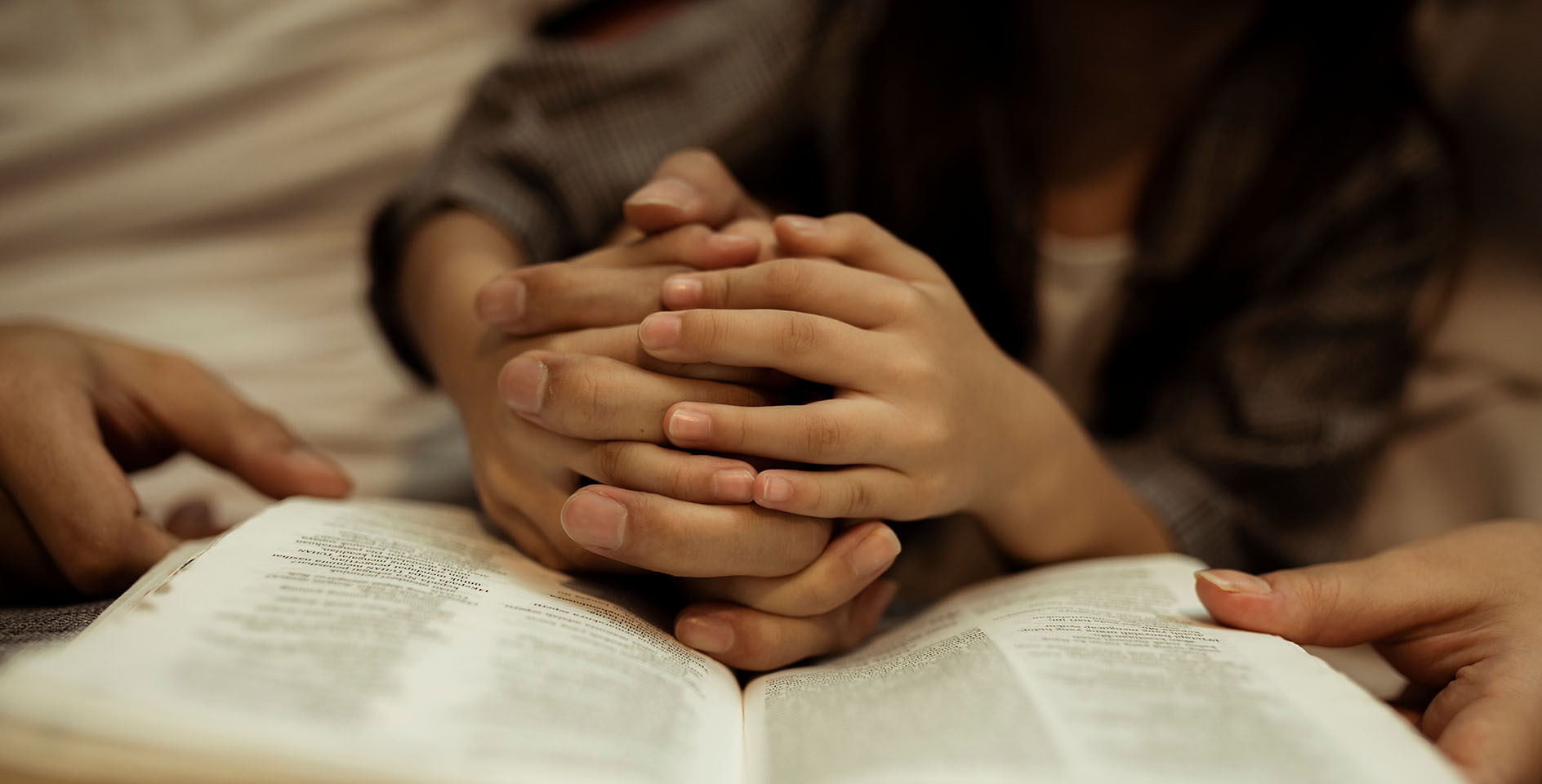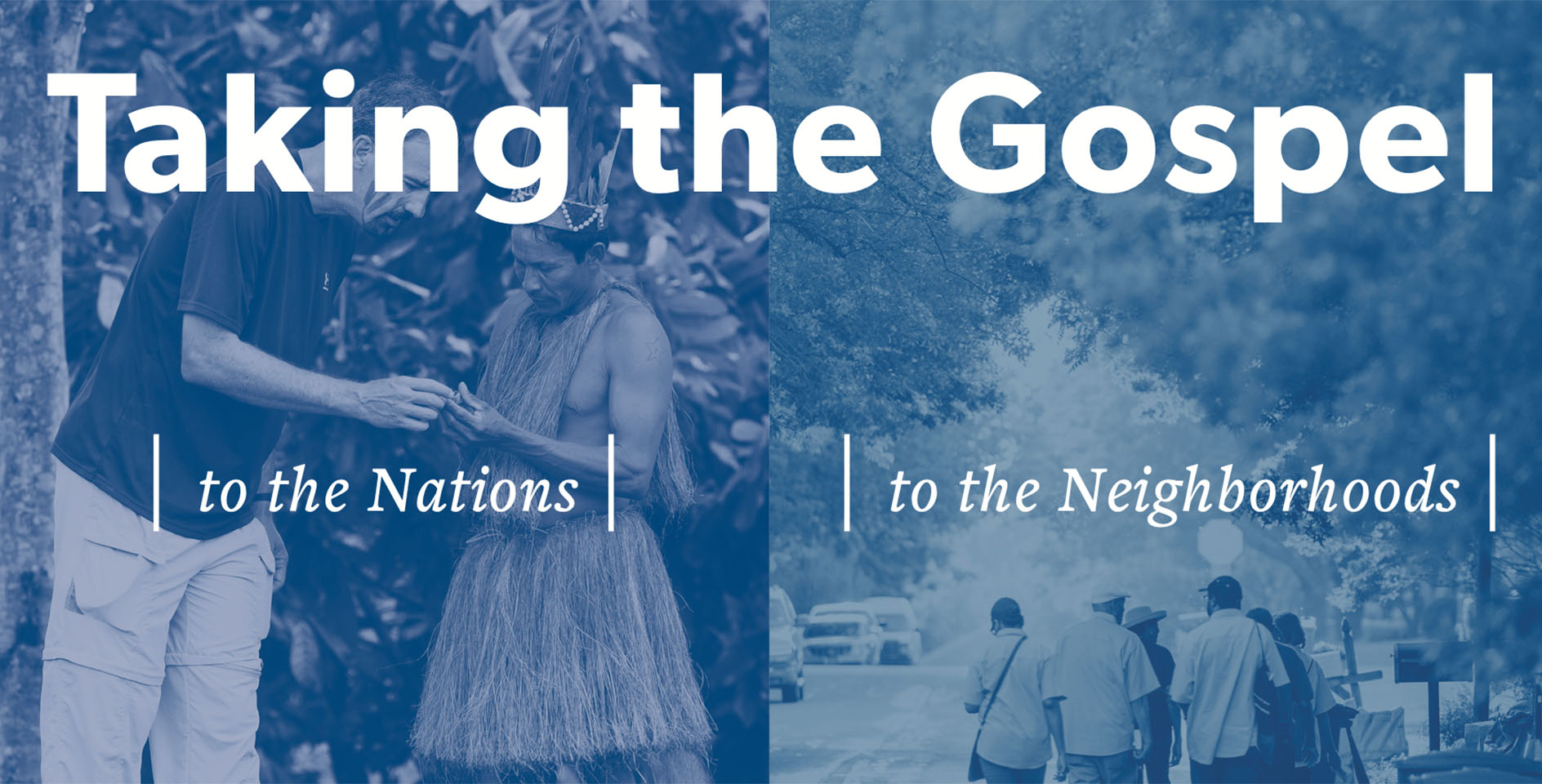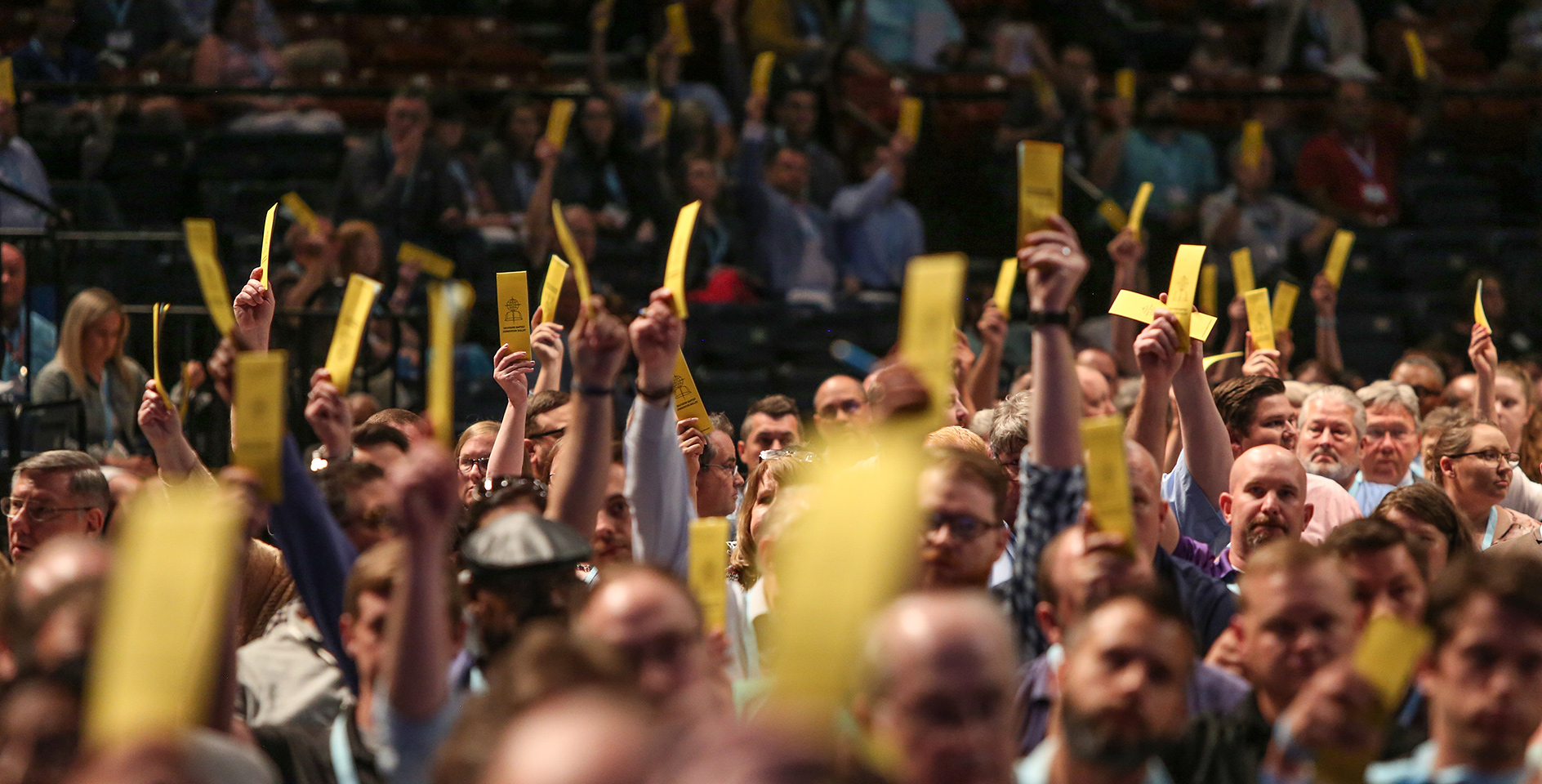Last year the Executive Committee of the Southern Baptist Convention voted to approve the first Sunday in February as the annual George Liele Church Planting, Evangelism and Missions Day. “My hope is that all Southern Baptist churches will share about the life and mission work of George Liele to inspire current and future generations to spread the Gospel around the world,” said Marshal Ausberry, leader of the SBC’s National African American Fellowship George. “Liele’s life shows that despite adverse circumstances God can still use us in a mighty way.”
Here are five facts you should know about the pioneering Baptist missionary:
- George Liele was born into slavery in colonial Virginia around 1750, but was moved to Georgia during his childhood. Although separated from his parents at an early age, Liele says he was told his father was the “only black person to know the Lord in a spiritual way in that country.” He says he also had a “natural fear of God from my youth” and that was often “checked in conscience with thoughts of death which barred me from many sins and bad company.” At the time, he says he knew of “no hope for salvation but only in performance of my good works.” Later, around 1773, he would express relief in finding that his only hope for salvation came “through the merits of my dying Lord and Savior Jesus Christ.”
- Out of a desire to “instruct the people of my own color in the word of God,” Liele began to minister to other African Americans around Savannah, Georgia. His ministerial gifts were recognized by “the white brethren” who invited him to preach at a quarterly meeting and licenced him as a probationer (i.e., a preacher’s trial period before receiving ordination). Liele was soon after given his freedom by his master, George Sharp, who served as a deacon in Liele’s church. Liele remained with Sharp’s family until Sharp’s death as a Tory officer during the revolutionary war when the British occupied Savannah.
- Liele continued to hold worship services in Georgia until 1782, when the British evacuated Savannah. He then borrowed $700 from a British colonel called Kirkland to pay for his and his family’s passage to Jamaica. Liele worked for Kirkland for two years as an indentured servant to pay off the debt. Afterwards, he resumed his work as a minister by preaching to a small house church. Within a few years, though, his congregation grew to 350, and included both Black and White believers. Liele also assisted in the organization of other congregations and promoted free schools for slaves and free black Jamacians.
- Liele’s success, says historian Doreen Morrison, resulted in him being “negatively ‘targeted’ by the Jamaican Assembly, supported by the plantation owners, who saw any gathering of groups of Africans as the recipe for a revolution.” Opposition to evangelizing slaves led to Liele being charged with “seditious preaching” in 1797. As The Baptist Quarterly (October 1964) noted,
“Charged with preaching sedition, for which he was thrown in prison, loaded with irons, and his feet fastened in the stocks. Not even his wife or children were permitted to see him. At length he was tried for his life; but no evil could be proved against him, and he was honourably acquitted. (However, he was thereupon) thrown into gaol (jail) for the balance due to the builder of his chapel. He refused to take benefit of the insolvent Debtor’s Act, and remained in prison until he had fully paid all that was due.”
Liele remained in prison for three years, five months, and ten days. In 1805 the Jamaican Assembly enacted a law forbidding all preaching to the slave population. - After leaving prison, Liele became an itinerant preacher and shared the gospel throughout the island nation. In 1797 he settled in Spanish Town, the then capital of Jamaica, and planted the second Baptist church on the island, which was supported by funds from the US and UK. As the Biographical Dictionary of Christian Missions says, “By 1814 his efforts had produced, either directly or indirectly, some 8,000 Baptists in Jamaica.” Although William Carey, who went to India in 1793, is often named as the first Baptist missionary, by that time “Liele had worked as a missionary for a decade, supporting himself and his family by farming and by transporting goods with a wagon and team.”



